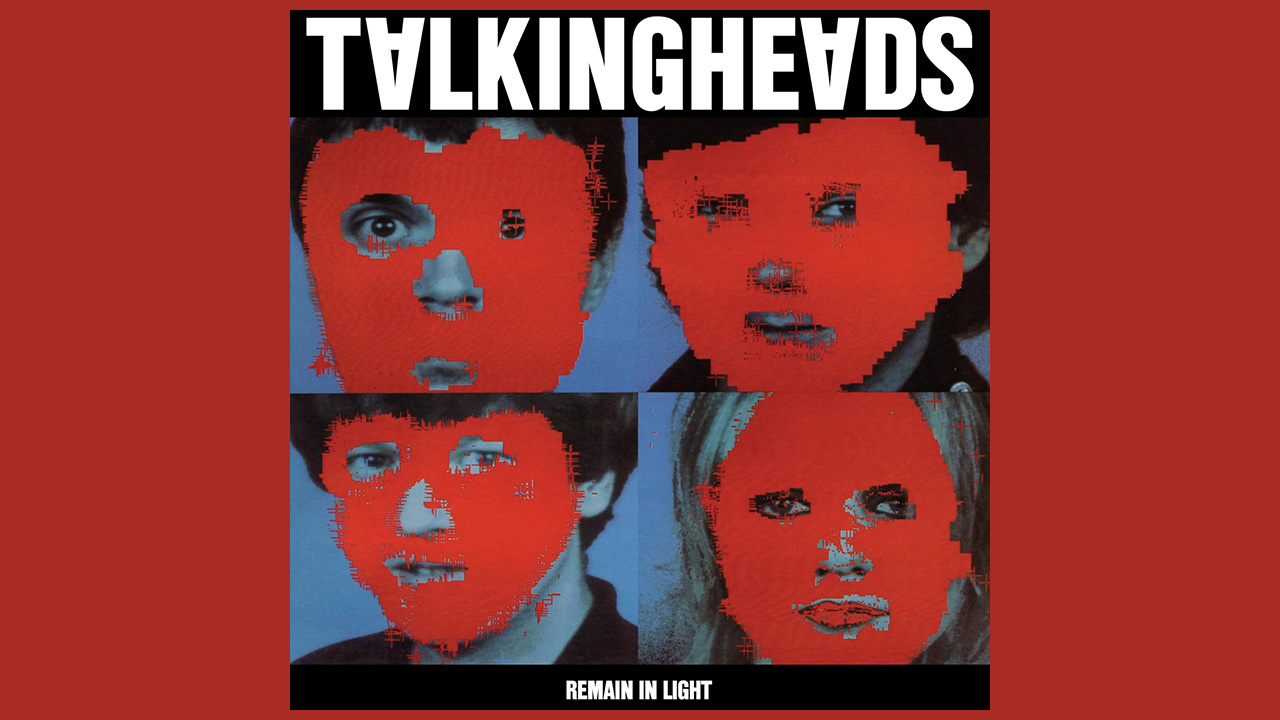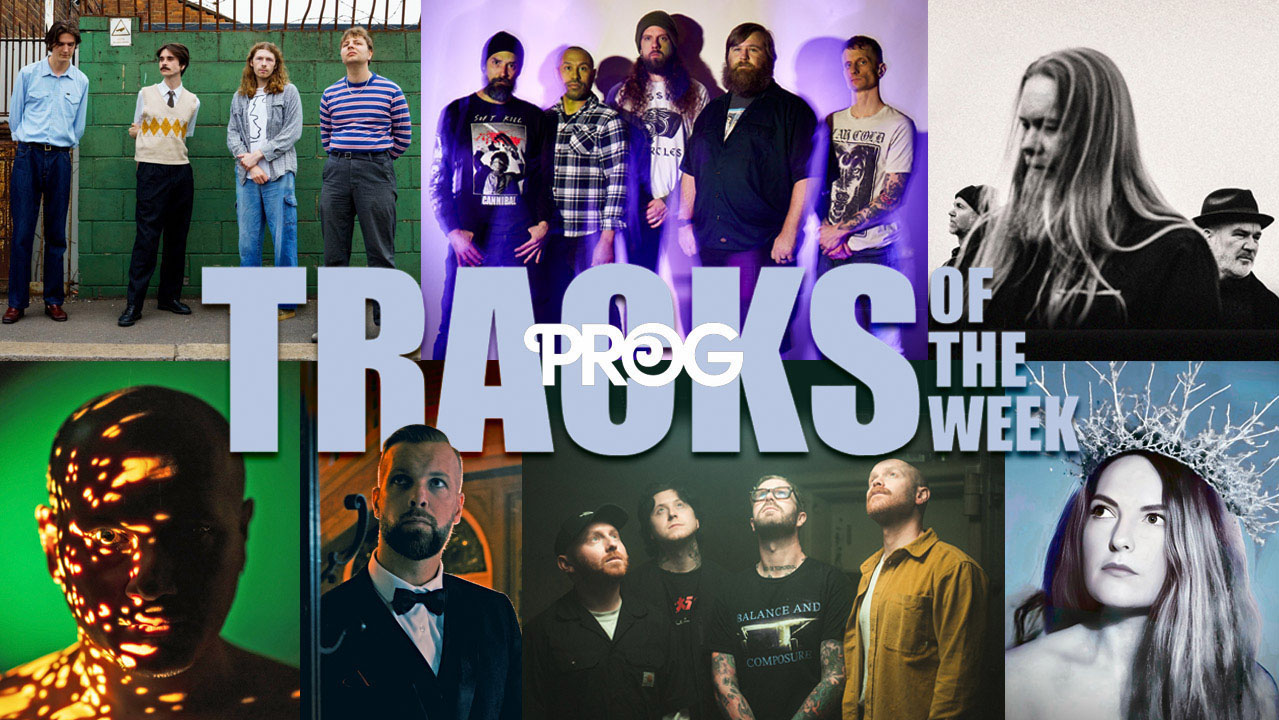“A miracle that silenced their harshest critics, even within the band, and opened many minds”: The prog credentials of Talking Heads’ Remain In Light
With input from Brian Eno and Adrian Belew, the creatively explosive 1980 album was a turning point for the American band – and many other artists

In 1980 Talking Heads reached a turning point with their fourth album Remain In Light. It was their last with producer Brian Eno, and featured Adrian Belew playing a role similar to that which Robert Fripp had delivered on previous release, Fear Of Music. The resulting masterpiece changed the band’s career and influenced countless musicians across many genres – many of whom didn’t realise it was essentially a prog album.
For their fourth album, provisionally titled Melody Attack, Talking Heads headed to Compass Point Studios in the Bahamas, where they roped in an initially reluctant Brian Eno as producer.
Utilising ingredients from I Zimbra off previous outing Fear Of Music, the Afrobeat meters of Fela Kuti and a distinct nod towards the cosmic chops of George Clinton and Bootsy Collins, the American band began conducting a series of polyrhythmic jam sessions overdubbed with Eno’s hustling synthesised pulsations.
On completing the sessions, Eno and keyboardist-guitarist Jerry Harrison made for Sigma Studios in Philadelphia to fine tune the recordings, with additional but vital input from vocalist Nona Hendryx and brass player Jon Hassell. A further layer was added when Adrian Belew was invited to contribute his signature menagerie of soundscapes throughout.
Back in New York, vocalist David Byrne, suffering from writer’s block, gradually added lyrics – an arbitrary selection of words, phonetic speech patterns and random media quotes to fit the modal phases and honed interlocking grooves.
The resulting album, retitled Remain In Light, was an amalgam of electronic funk, percussive loops and primal hip-hop that proved to be a monetary and musical miracle that silenced their harshest critics – both inside and outside the band. It even overcame parent label Warner Brothers’ prolonged qualms.
Subliminal opener Born Under Punches (The Heat Goes On) sets the tone with its syncopated intonations, over which Byrne delivers an inaugural homily kicking the good vibes into action.
Sign up below to get the latest from Prog, plus exclusive special offers, direct to your inbox!
Built upon the basslines of Busta Jones, the un-Dylanesque Crosseyed And Painless seethes with tensions never fully resolved. Then The Great Curve explores seduction before unleashing a magnificent squall of Belew’s electricity.
Once In A Lifetime is a baptism of fire in the sky as much as water in the ocean – a taut sermon on dysfunctional lifestyles, and not so much a cinematic vision as a small-screen epiphany from our pastor, Byrne.
Houses In Motion, as with most tracks here, employs cut-and-paste lyrics formed into meaningful effect, underpinned by near-Biblical chordal modulations.
On Listening Wind, tribal incantations entwined with Eno’s metronomic clusters evoke wide African savannas enhanced by a languorous groove.
Finally, as if in answer to a masochist’s prayer, the melancholic seven minutes of The Overload take us deep into a neural jungle. Influenced by Joy Division, it infers a meditative ending almost akin to redemption.
Remain In Light changed many people’s approach to songforms and rhythm structures, and it opened minds to new methods of music making.
Lin Bensley has been working as a freelance journalist for a decade, contributing to a number of magazines on a variety of topics, including music, natural history, English literature, biography, folklore, social history, family history, comics and comic art. Lin has contributed to Prog magazine, Best of British,The Countryman, Suffolk and Norfolk Life, Evergreen, This England, Jazz Journal Blues magazine, Record Collector, Shindig and many more.
You must confirm your public display name before commenting
Please logout and then login again, you will then be prompted to enter your display name.
